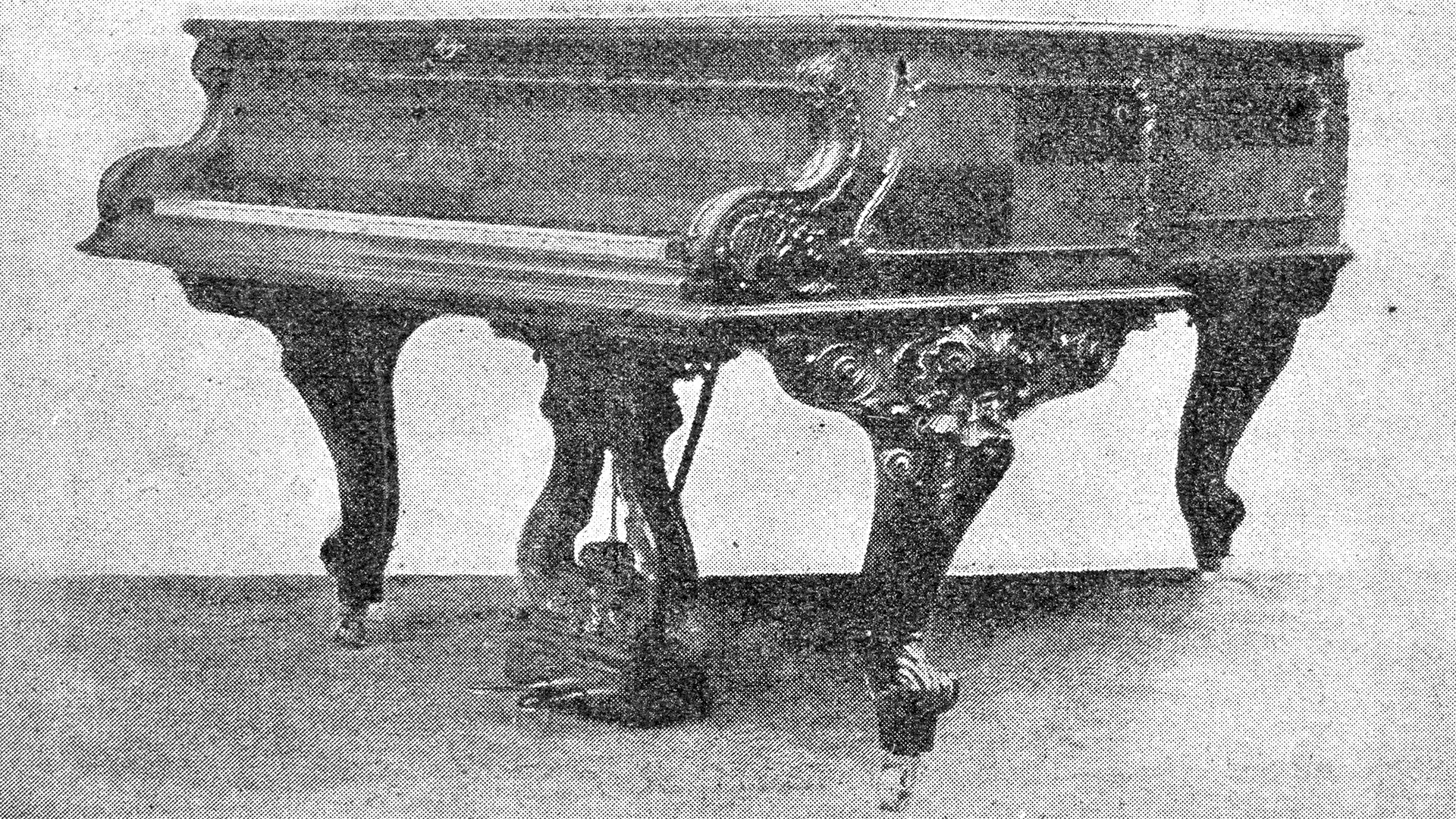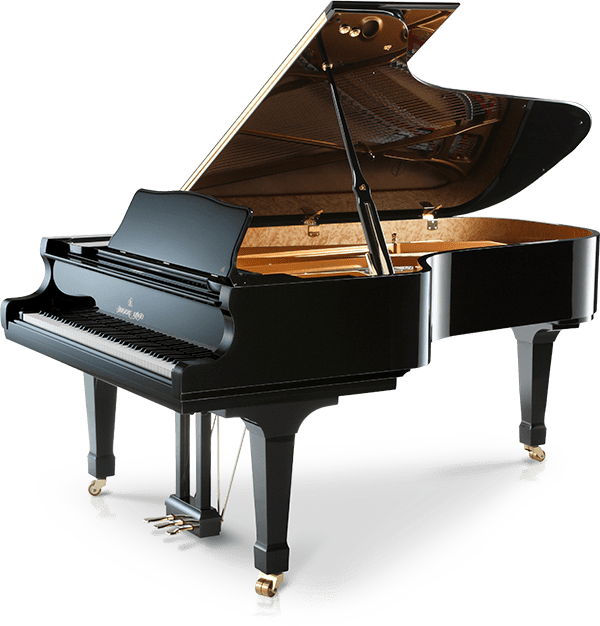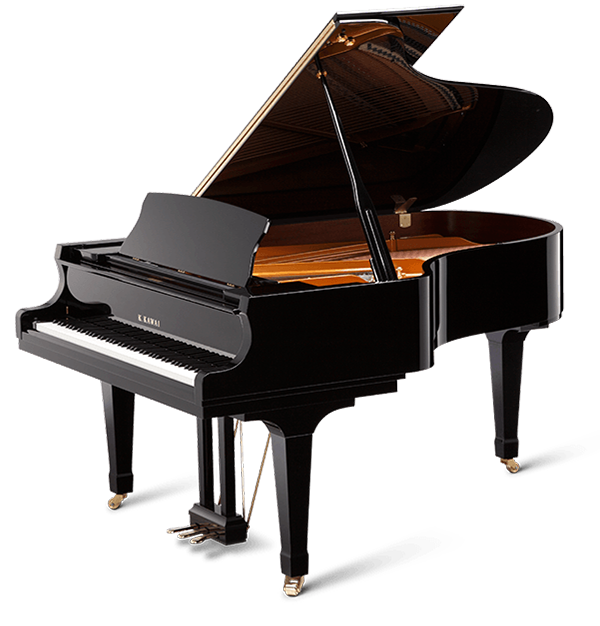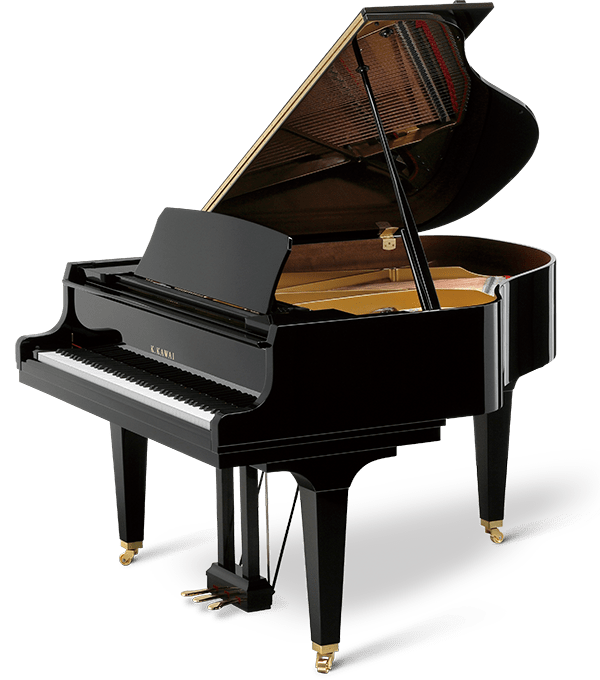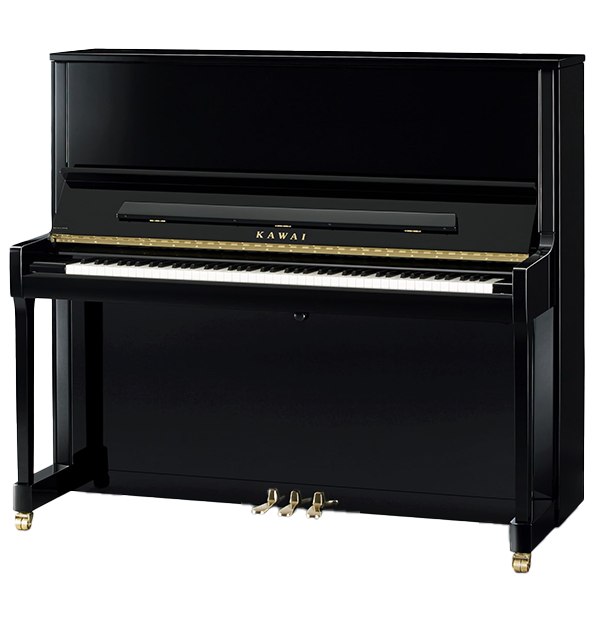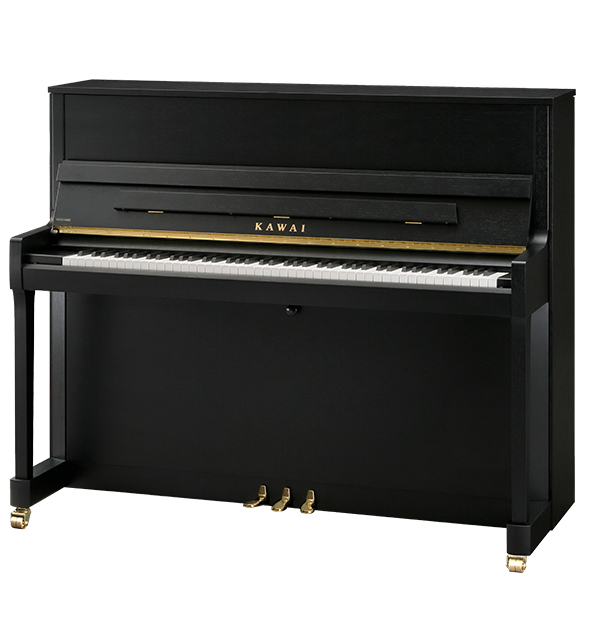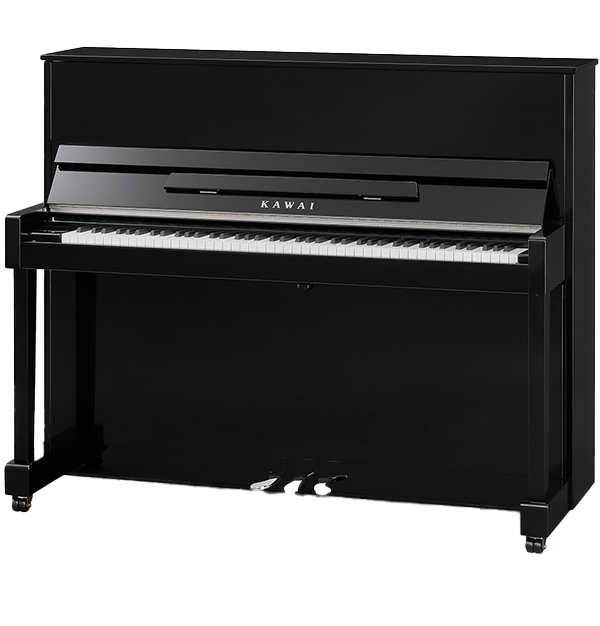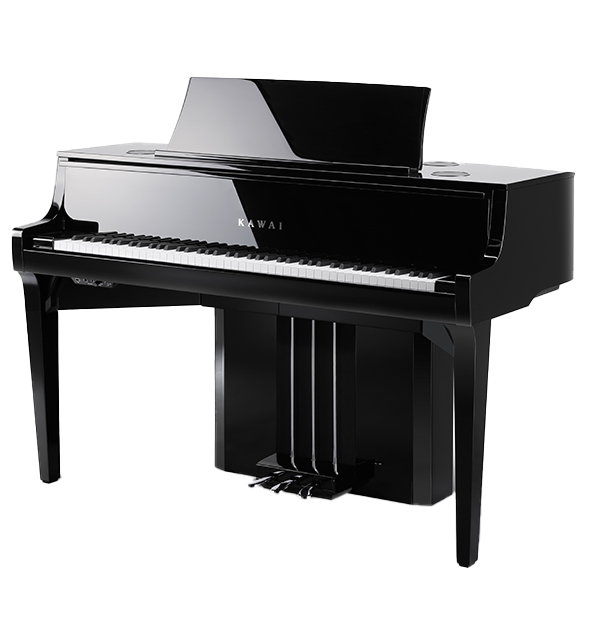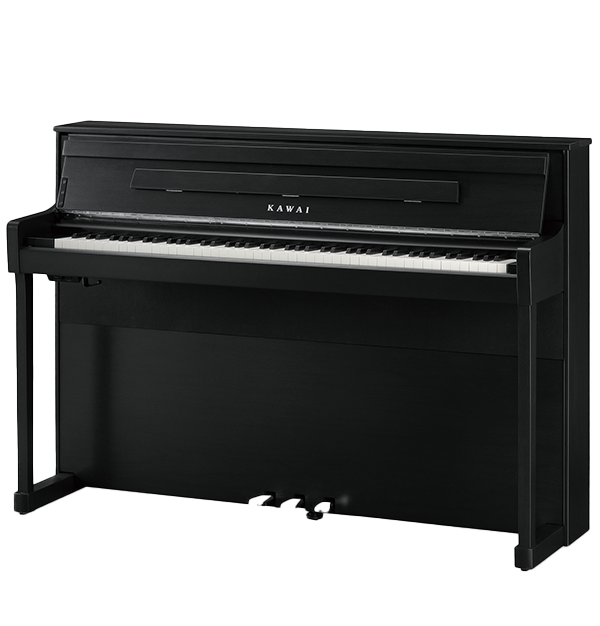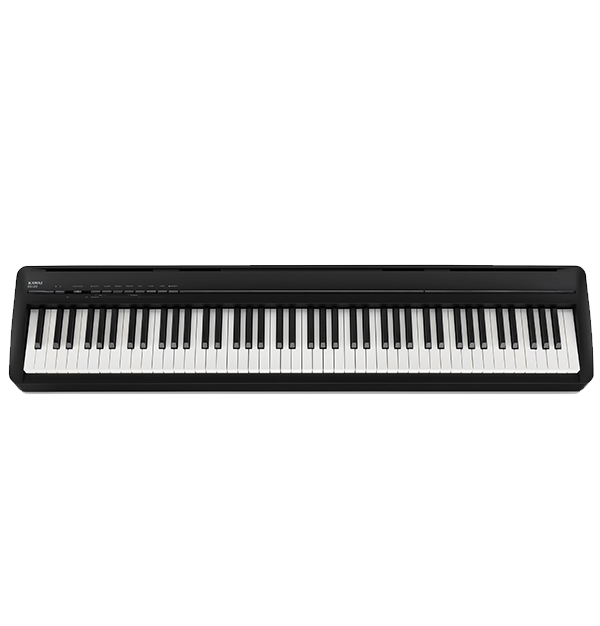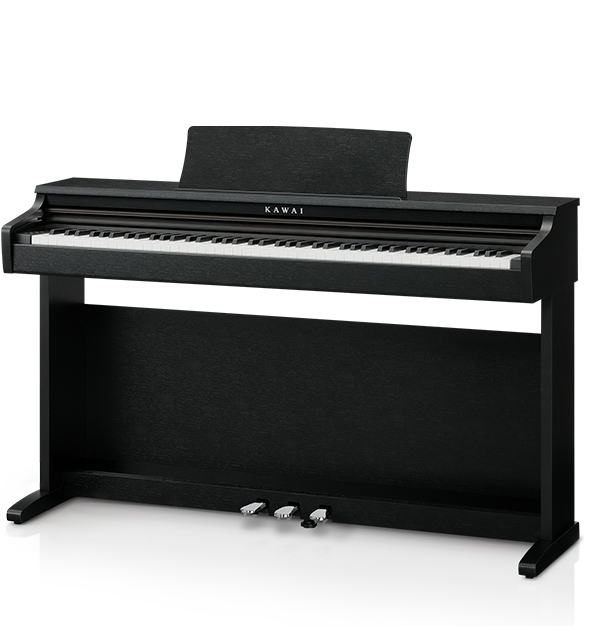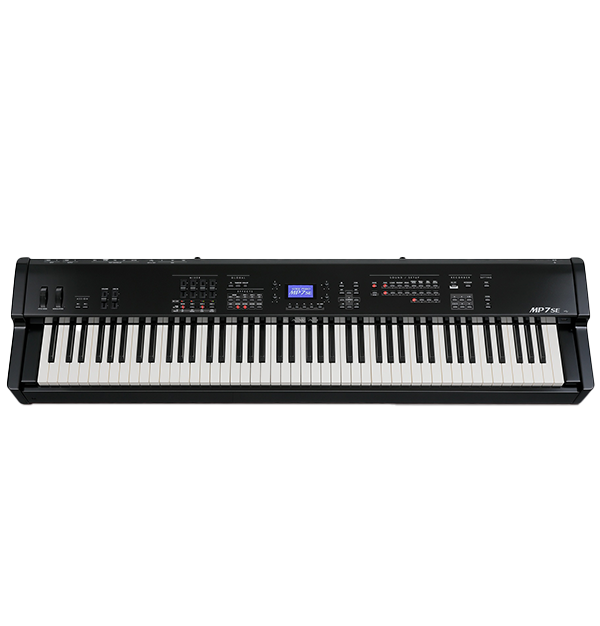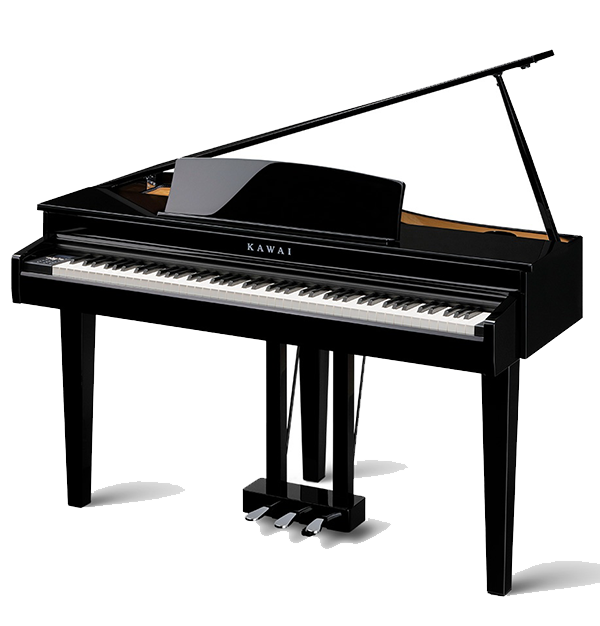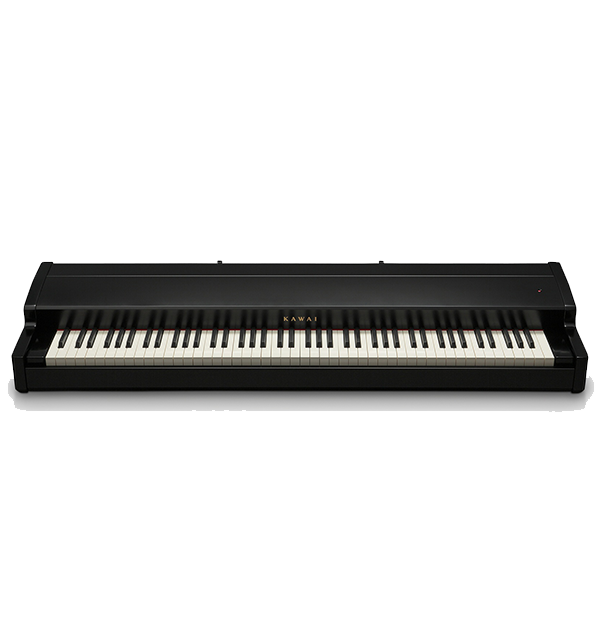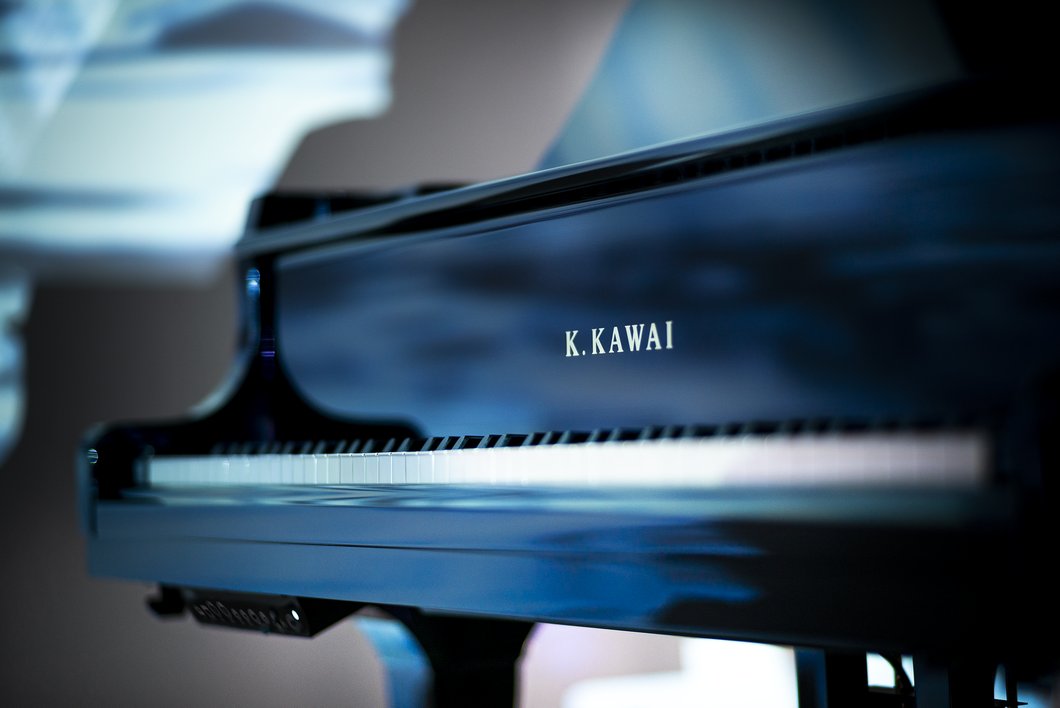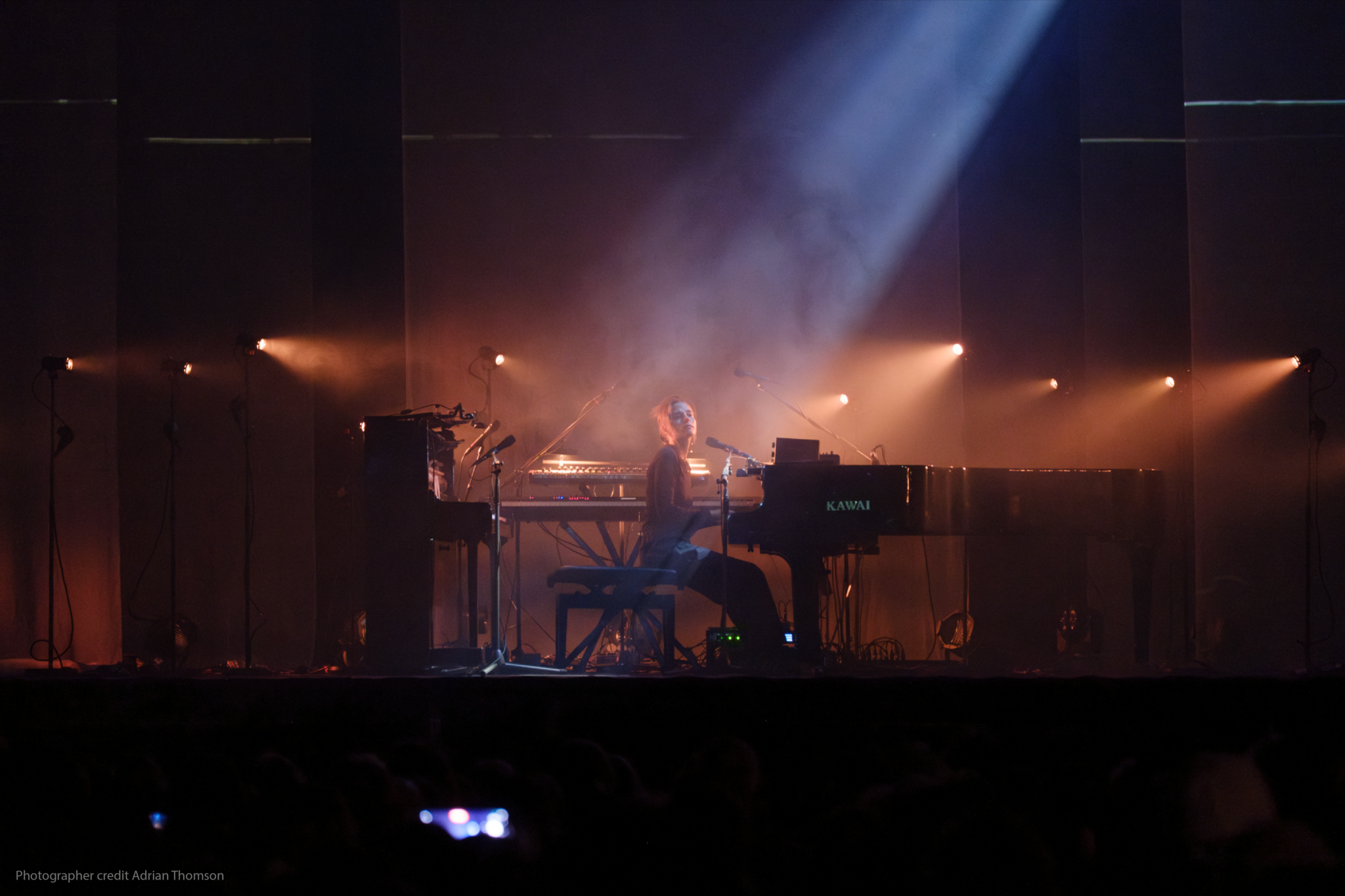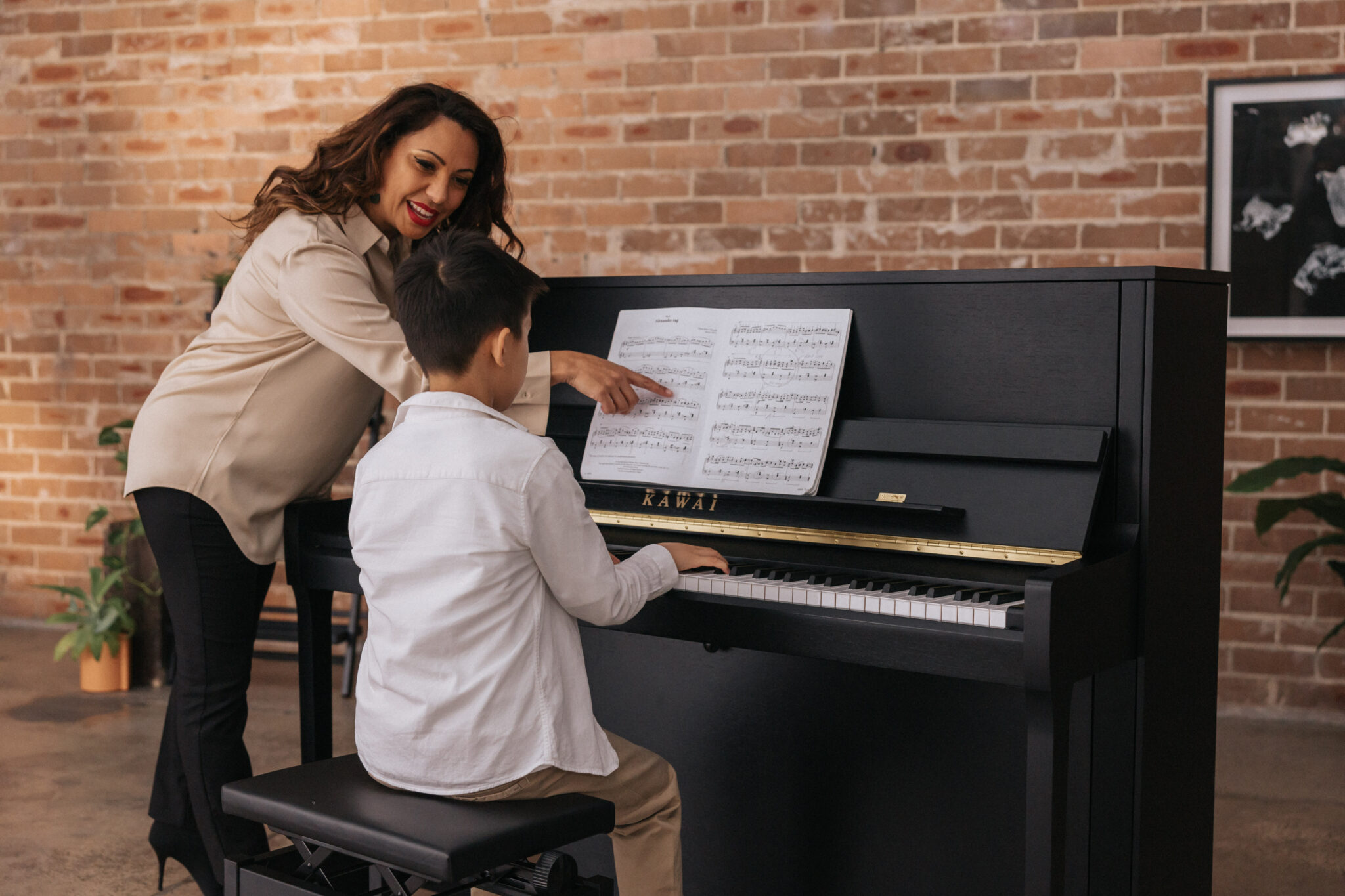The concept of making music by striking strings with hammers is very old. The hammered dulcimer became the first widely used stringed musical instrument and can be considered a first precursor of the piano. It dates back to circa 500BCE, and was used in the Middle East, Southwest Asia, China, Greece and Rome.
Before the piano, there were a number of earlier keyboard instruments. The organ is one of the oldest of these, and its earliest predecessors were built in Ancient Greece in the third century BCE. Other early keyboard instruments such as the clavichord (invented 1400CE) and the harpsichord (1521) were well developed by the 17th century, but they did not offer the capabilities that the piano did. In a clavichord the strings are struck by metal tangents, while in a harpsichord they are mechanically plucked by quills when the performer depresses the key. Other popular instruments in the harpsichord family that were popular in the late Renaissance and early Baroque periods were the virginal and the spinet.
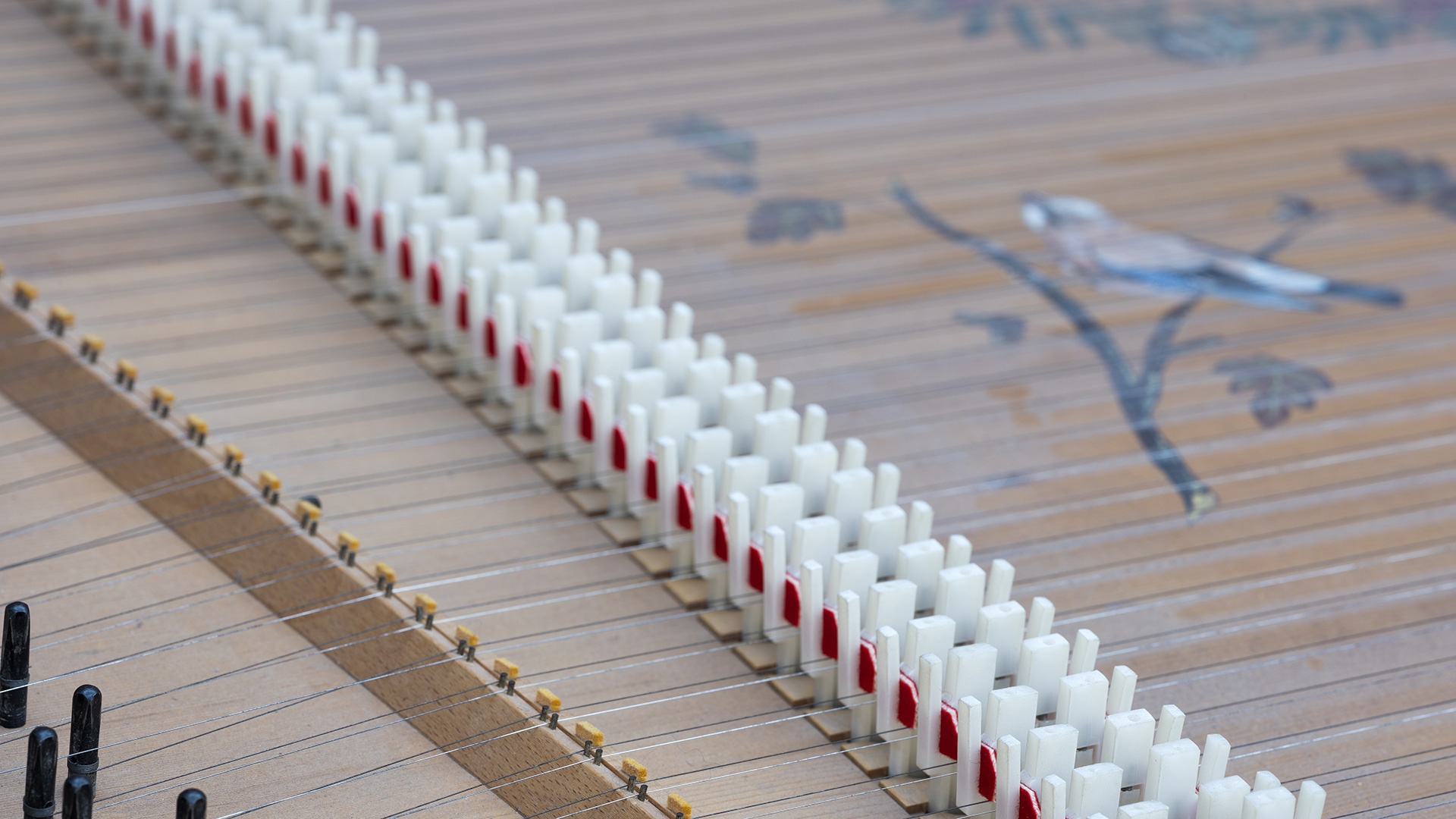
When was the piano invented? The piano was invented in Florence around 1700 by the expert harpsichord maker, Bartolomeo Cristofori. This makes the piano over 320 years old. At this time Cristofori was employed by the Medici family. The piano was revolutionary because it was the first keyboard instrument capable of playing loud and soft tones – the word pianoforte literally means soft-strong in Italian. Piano-making flourished during the late 18th century in Europe, where pianos were built with wooden frames, two or three strings per note, and leather covered hammers. The term ‘fortepiano’ now distinguishes these early instruments (and modern re-creations) from later pianos
In the period from about 1790 to 1860, the piano underwent tremendous changes that led to the modern structure of the instrument. This revolution was in response to a preference by composers and pianists for a more powerful, sustained sound. This was made possible by the ongoing Industrial Revolution, with resources such as high-quality piano wire for strings, and precision casting for the production of massive iron frames that could withstand the tremendous tension of the strings, suddenly available in great quantities. The upright piano with diagonal strings was invented in London in the early 1800s and they became very popular for domestic music-making and practice because of their compact size and affordability.
In 1826, felt (a more consistent material than leather) was first introduced for use in hammer coverings, which permitted wider dynamic ranges as hammer weights and string tension increased. Over time, the tonal range also increased from the five-octaves of Mozart’s day to the seven-octave range found on today’s pianos.
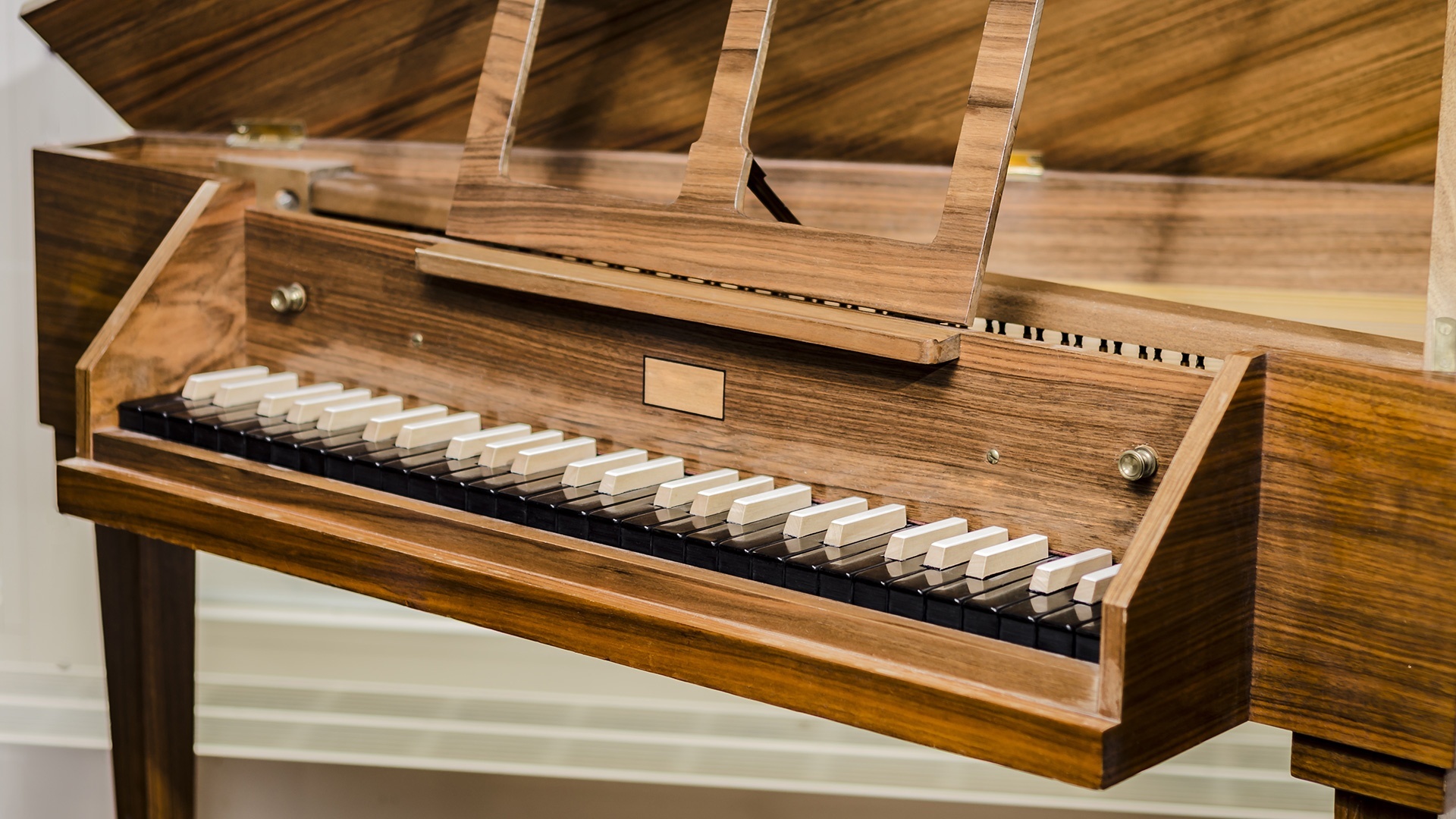
Piano technique evolved during the transition from harpsichord/clavichord to fortepiano playing, and continued through the development of the modern piano. Changes in musical styles and audience preferences over the Classical and Romantic periods, as well as the emergence of virtuoso pianists, contributed to the evolution of the piano and the various ‘schools’ of piano playing.
A major innovation that helped create the powerful sound of the modern piano was the use of the large cast iron frame mentioned earlier, which sits atop the soundboard. This single cast iron frame was patented in 1825 and allowed the use of thicker and more tense strings. The use of three strings for the middle and treble registers enhanced richness of the sound, while copper winding around a steel string in the bass registers increased the mass of the string, increasing the depth and tone of the sound without noticeably changing the string’s stiffness.
Design changes, such as the invention of the sostenuto pedal (1844), the patent of cross-stringing (1859), invention of duplex scaling (1872) and the standardisation of the 88-key format during the 1880s and 1890s were all notable additions to the earlier piano models. Most of the technological advances were made by 1900, however this hasn’t stopped piano manufacturers from experimenting and refining their designs and practices. As manufacturing processes were further streamlined and new materials were tested and improved, the piano has continued to change.

One such change in recent decades has been Kawai’s Millennium III keyboard action – a standard feature of most Kawai pianos since the year 2000. The introduction of carbon fibre component in the action made it stronger, so that this action is lighter, so that it this Kawai action is faster and more responsive. Another benefit to carbon fibre is how resilient it is to temperature and humidity fluctuations, making it the most stable action in the world.
Change has also come to the exterior of the piano too – in 2012 the first 3 metre, 108-key piano (with four pedals) was born. Although some may consider this a step too far, it certainly pushes the boundaries of the standard design.
The piano has continued to change over time and evolve to incorporate modern technological innovations. The most recent evolution of the piano is the Hybrid piano, which fuses the best of both acoustic and digital piano features into a single modern piano. Hybrid pianos are acoustic pianos, which have been specially designed to incorporate digital piano capabilities, including backing music and different digital sounds.
Manufacturers the world over continue to experiment with different materials and processes, all tailored with the latest technological innovations. The piano remains a true pinnacle of human achievement, so it seems right and proper that it should continue to develop. Who knows how it might look and sound, 300 years from now?
